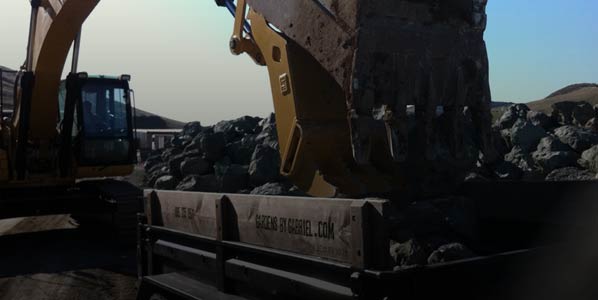Barrel-Free Rainwater Harvesting in SLO County
 Leonardo da Vinci said, “Water is the driving force of all nature.”
Leonardo da Vinci said, “Water is the driving force of all nature.”
Rainwater harvesting might not be for everyone, but there are still ways to lessen rainwater runoff. We routinely use and recommend Bioswales to remove silt and pollution and slow the water for better ground absorption. A bioswale is the use of mounded earth to create a drainage course, which slows the water's path and maximizes filtration. Thick layers of mulch and creative uses of earth also can be designed for the water to slowly sink back into the ground. (Ever rough up your nails before you apply that layer of glossy nail polish? Same thing!)
You may be wondering if rainwater harvesting is OK to do in San Luis Obispo County:
"City of San Luis Obispo 2010 Construction and Fire Code Amendments page 25: 1101.2.1 Rainwater Harvesting. Storm water drainage may be directed to an approved rainwater harvesting system and used an al alternate source of water for non-potable uses as approved by the building official and the San Luis Obispo County Environmental Health Department. The installation and use of such a system or systems must be designed to not interact with the potable water system, the building sanitary sewer or drainage systems that flow to any creek. Rainwater harvesting systems must be maintained in such a manner as to not cause damage to neighboring properties."
Rainwater Harvesting Around the World:
- Currently in China and Brazil, rooftop rainwater harvesting is being practiced for providing drinking water, domestic water, water for livestock, water for small irrigation and as a way to replenish ground water levels.
- In Tamil Nadu, India, rainwater harvesting was made compulsory for every building to avoid ground water depletion.
- In Bermuda, the law requires all new construction to include rainwater harvesting adequate for the residents.
- In Senegal, the houses of the Diola-people are frequently equipped with homebrew rainwater harvesters made from local, organic materials.
- In the United Kingdom, "water butts" (water casks) are often found in domestic gardens to collect rainwater which is then used to water the garden.
- Until 2009 in Colorado, water rights laws almost completely restricted rainwater harvesting; A property owner who captured rainwater was deemed to be stealing it from those who have rights to take water from the watershed. Now, residential well owners that meet certain criteria may obtain a permit to install a rooftop precipitation collection system.
- In Australia, rainwater harvesting is typically used to supplement the reticulated mains supply.




